Paramount, CA…California is accelerating the state’s push to achieve net-zero carbon pollution by 2045 with billions of dollars going to support communities, create green jobs, and pave the way for our clean fuel future. With unprecedented state investments supporting the state’s transition away from fossil fuels, Governor Gavin Newsom visited a renewable fuels facility in Paramount today to spotlight California’s nation-leading transition to clean fuels and broader commitment to green jobs.
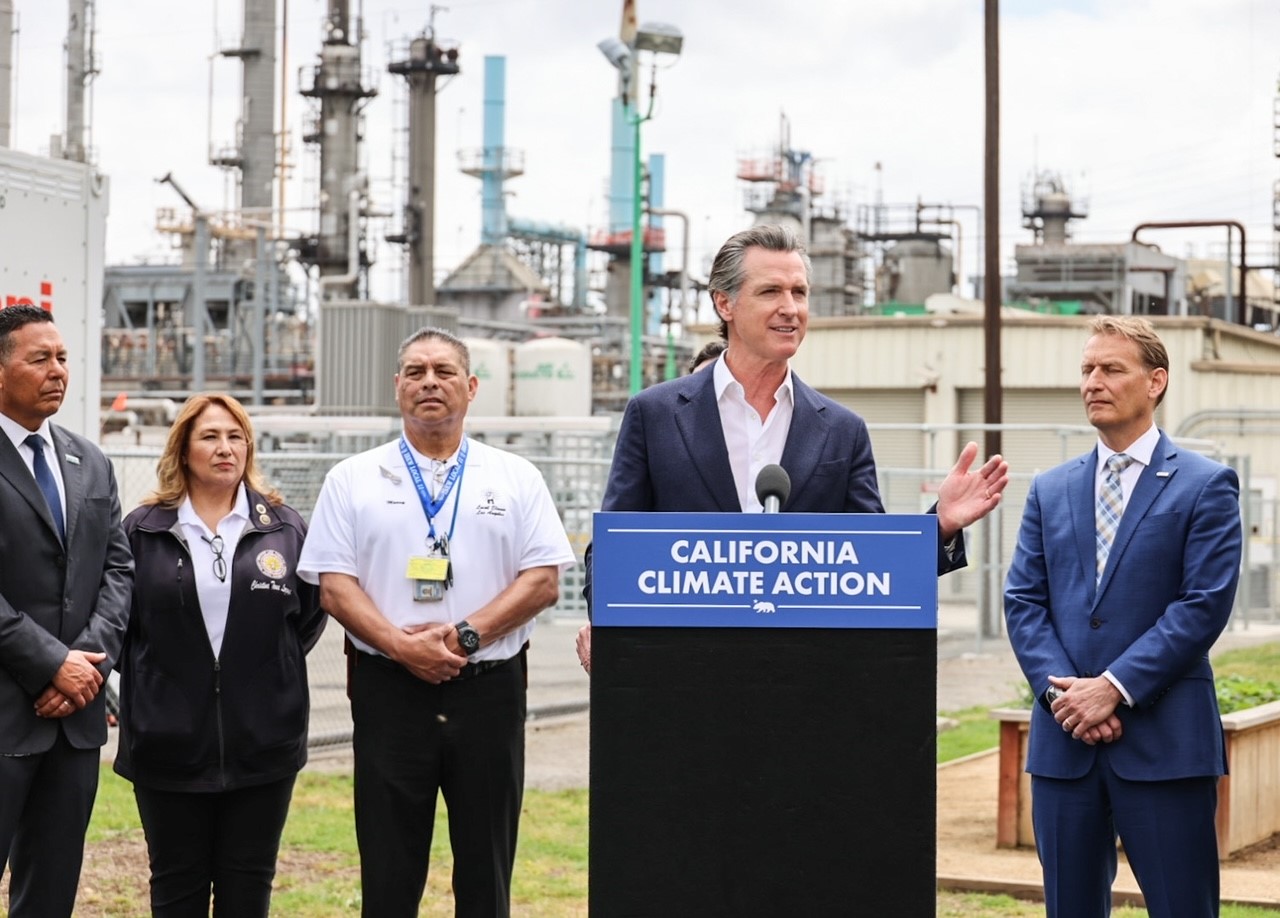
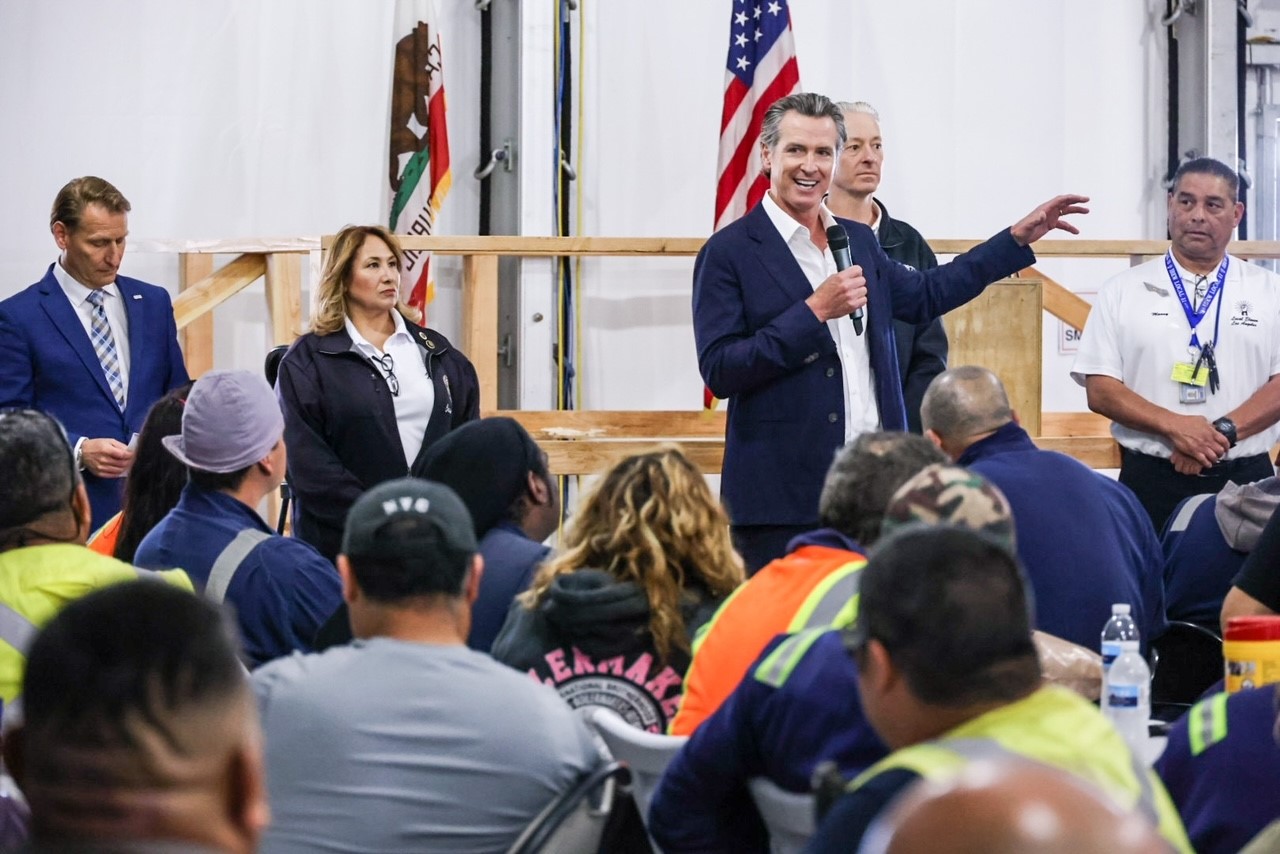
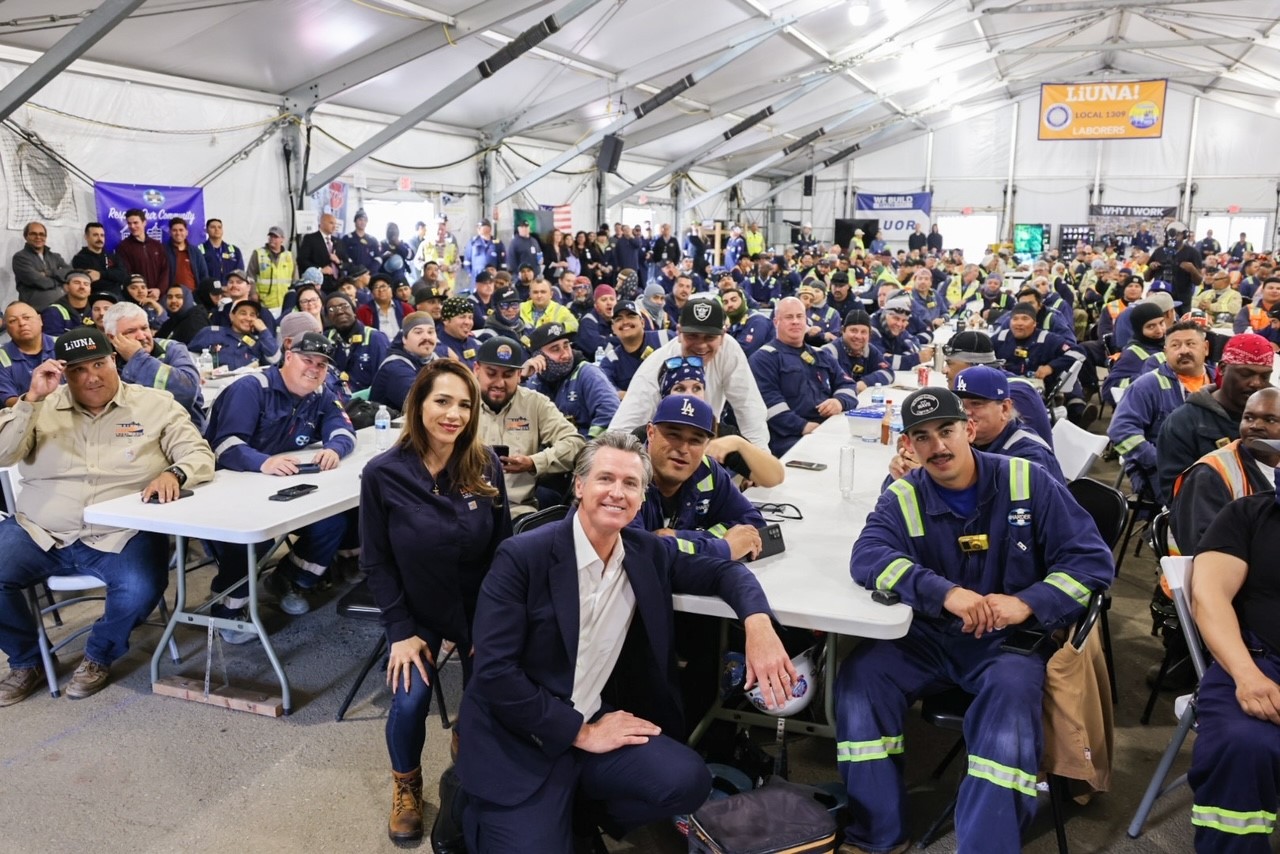
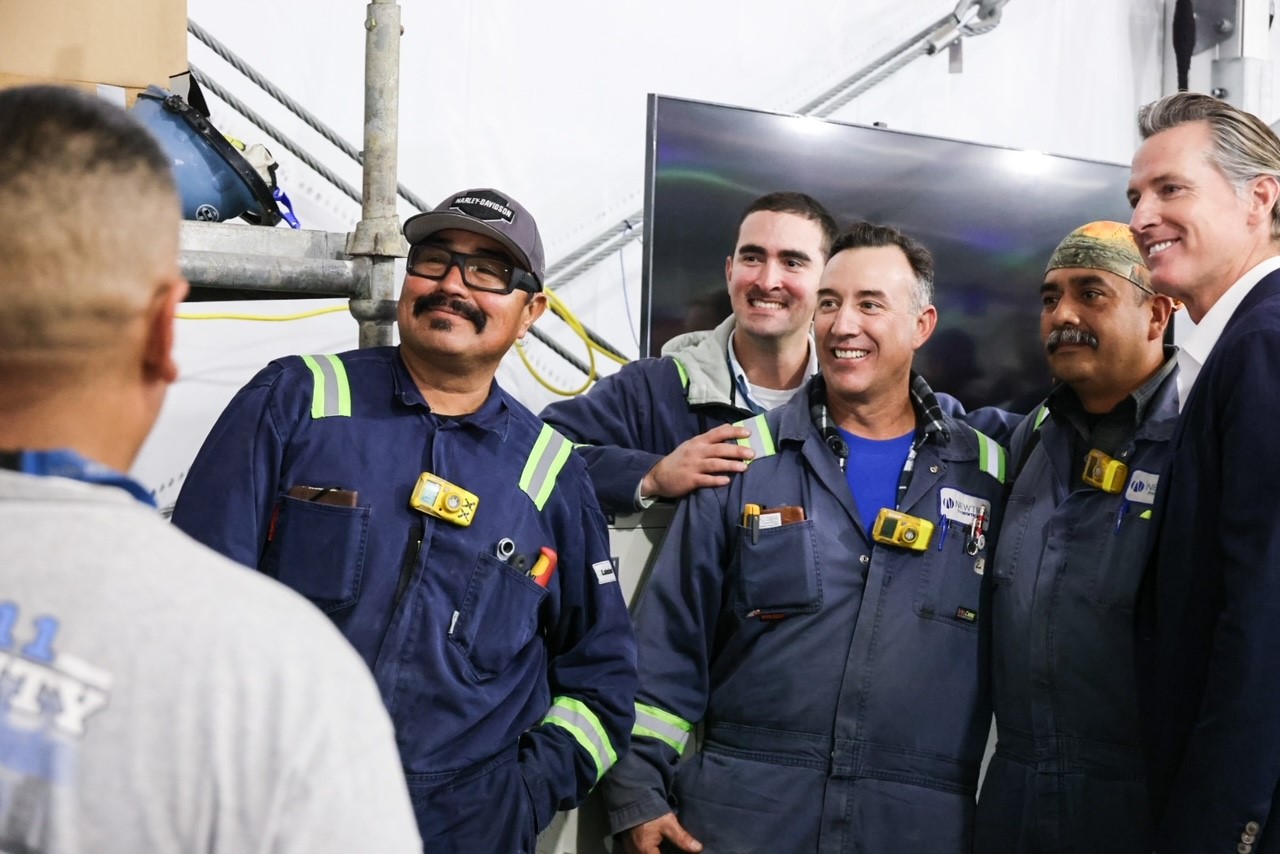

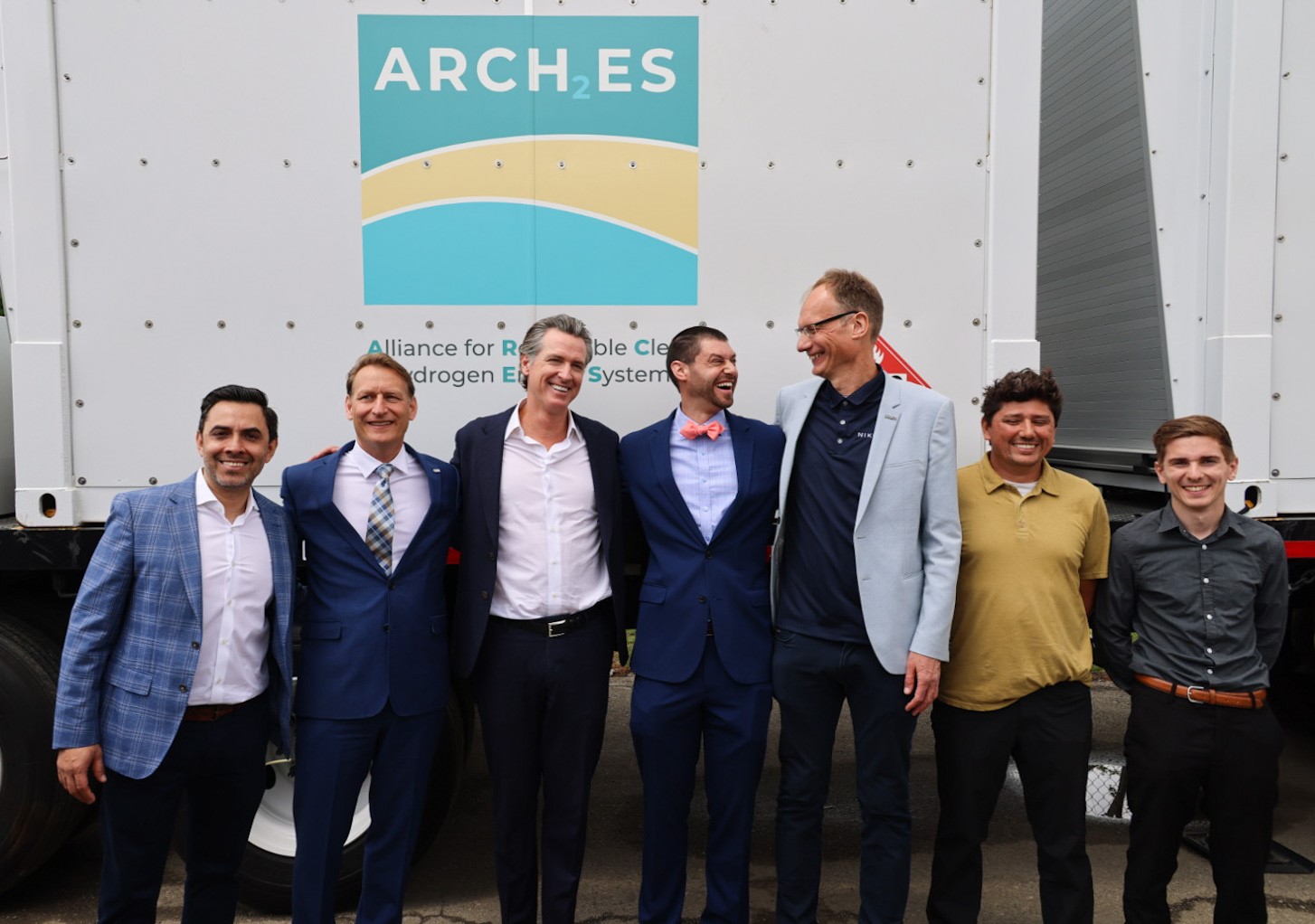
Governor Newsom toured World Energy – a renewable fuels company that converted a petroleum refinery to become the world’s first producer of sustainable aviation fuel and is currently building out the facility to produce clean hydrogen – to see California’s clean energy transition at work.
World Energy has received millions of dollars in grants from the state to support their clean energy projects, and is one of hundreds of companies that have received state funding. Already, World Energy Paramount has produced 150 million gallons of renewable fuels – the equivalent of taking 250,000 cars off the road – and represents the broader success of California’s Low Carbon Fuel Standard (LCFS), which has dramatically reshaped the state’s fuels market. Since its inception in 2009, LCFS has doubled California’s use of clean fuels.
Additionally, the Governor marked International Workers’ Day while at World Energy and met with hundreds of union construction workers who are building the next phase of the facility that will produce clean renewable hydrogen.
What Governor Newsom said: “California’s clean energy future is here, and there’s no better example of that than this petroleum refinery-turned renewable fuels hub. The fuels of the future are clean and California is leading the way with billions of dollars to supercharge this transition while creating thousands more good green jobs and growing our economic might.”
Governor Newsom also highlighted the state’s recent action to fully transition to zero emission trucks after the California Air Resources Board (CARB) approved a world-leading regulation last week to phase out the sales of medium and heavy-duty combustion trucks in California by 2036. World Energy will soon produce clean hydrogen, which many new trucks will rely on for fuel.
California’s Clean Energy Record:
-
MOVING AWAY FROM FOSSIL FUELS: Last year, the Governor directed state agencies to move faster on climate action, setting ambitious new targets for renewable energy, clean buildings, carbon removal, and clean fuels in the transportation sector. The Governor’s California Climate Commitment includes billions of dollars for supporting and accelerating the state’s clean energy transition.
-
CLEANER FUELS: In 2009, California adopted the Low Carbon Fuel Standard (LCFS) to cut greenhouse gas emissions and other toxic air pollutants by improving vehicle technology, reducing fuel consumption, and increasing transportation mobility options. LCFS has dramatically reshaped California’s fuels market over the last decade – reducing the carbon intensity of fuels in the state by 10% and more than doubling the use of cleaner fuels, displacing over 24 billion gallons of petroleum fuel. Last year, the Governor requested that the California Air Resources Board (CARB) consider a more stringent fuel standard and accelerate refinery transitions to clean fuels production. Additionally, Governor Newsom directed CARB to establish a 20 percent clean fuels target for the aviation sector.
-
GOOD GREEN JOBS: California is home to the most clean energy jobs in the U.S. and our renewable energy and clean vehicle industries lead the nation in growth. California boasts more than a half-million green jobs and has 6 times more clean jobs than fossil fuel jobs. Moreover, 1 in 4 U.S. renewable energy jobs are in California and 58% of California clean energy jobs are small business jobs. In Los Angeles County, 75 percent of green jobs do not require a bachelor’s degree. Guiding this transition, the Governor and the Legislature have invested over $1 billion in a clean energy jobs strategy focused on building resilient communities in the transition to a zero-carbon economy. This strategy includes the $600 million Community Economic Resilience Fund (CERF) to support a bottom-up approach to developing regional economic planning partnerships that will chart California’s economic future in an equitable, context-sensitive, inclusive, and sustainable way.
-
GROWING CALIFORNIA’S ECONOMY: California outperforms the U.S. and the rest of the world in renewable energy, the fastest-growing business in California. According to a recent analysis from Bloomberg, the market capitalization of California companies in this industry increased 731% the past three years. The state boasts 55 zero emission vehicle-related manufacturers in California, employing tens of thousands of workers, and the list is growing.
-
INVESTING IN HYDROGEN: Last month, California submitted an application to the U.S. Department of Energy for federal funding to become a National Hydrogen (H2) Hub. If funding is granted, the statewide clean renewable hydrogen hub would prioritize equity and clean energy jobs while supporting work to fully decarbonize the state’s economy. California is providing hundreds of millions of dollars in incentives for clean renewable hydrogen production, refueling infrastructure and hydrogen fuel cell electric vehicle deployment.


